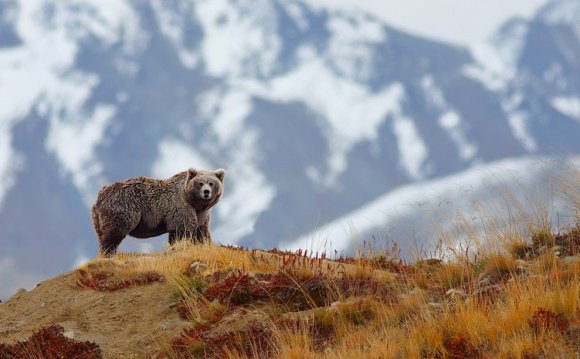
The Appalachian National Scenic Trail (A.T.) is one of the most storied and revered hiking paths in North America, if not the world. Spanning 2, 189.2 miles from Georgia to Maine, the first section of this “super trail” across the Appalachian Mountains was built in 1923 through Bear Mountain State Park in the Lower Hudson Valley of New York State.
Located about one hour north of New York City, the original 20-mile segment of the Appalachian Trail is still the most heavily used. Easily accessible by car and mass transit, Bear Mountain State Park welcomes three million visitors annually, with 100, 000-plus hikers, runners, and day-trippers trekking across this segment of the A.T. each year. Here the Appalachian Trail passes through old-growth forest on its way to Perkins Memorial Tower atop Bear Mountain, with scenic overlooks and spectacular views of the Hudson River and Dunderberg, Bald, and West mountains along the way. The tower can also be reached by car, and a portion of the path at the summit is wheelchair accessible. Bear Mountain and neighboring Harriman State Park serve as the gateway to more than 50, 000 acres of backcountry habitat for the city’s 8.4 million residents and adventure-seekers from around the globe.
Due to the exceptionally large number of users and uncommon amount of wear on the trails in Bear Mountain State Park, an ambitious initiative was launched to safeguard this historic site. In 2006, the Bear Mountain Trails Project was created to build a sustainable trail system throughout the park, focusing on the most heavily used portion of the Appalachian Trail.
“The old trail was so worn out and degraded, it was a 10-foot-wide Medusa’s nest—people were wandering off and getting lost and injured, ” says Deputy Executive Director Josh Howard of the New York–New Jersey Trail Conference, a non-profit that partners with parks to create, protect and promote a network of more than 2, 100 miles of public trails in the New York metropolitan region., “The State of New York and a number of conservancies realized we had to fix the problem.” The Trail Conference—whose volunteers built that original section of the A.T. in the ’20s—partnered with the National Park Service, Appalachian Trail Conservancy, New York Office of Parks, Recreation and Historic Preservation, Palisades Interstate Park Commission, and Palisades Parks Conservancy to create the Bear Mountain Trails Project and ensure the mountain would not be “loved to death.”
The organizations collaborated with Rutgers University, which brought in a professional trail builder who designed a footpath that can handle such a high volume of traffic. The result: A one-of-a-kind trail that will feature over 1, 000 hand-hewn granite steps and over one mile of walkway supported by stone crib walls. Each step and wall stone has been and will continue to be split and shaped from rocks on site and maneuvered into place either by hand or via a series of overhead cables rigged up in the surrounding trees. It’s no wonder Backpacker magazine named this segment of the A.T. a “masterpiece trail” built by “kings of rock.”
Over the past nine years, more than 1, 745 Trail Conference volunteers have logged nearly 65, 000 hours of service on the project, completing 65 percent of the trail restoration. Anyone with an interest in building and improving trails is invited to help the Trail Conference restore and reroute the A.T. on Bear Mountain. The organization’s Trail University workshops offer award-winning instruction in trail-building techniques, free of charge.
“Part of what we wanted to do was use the project to recruit and train volunteers to construct the trail in this sustainable manner, ” says Howard. “We’re serving the public by creating this pool of volunteers who can then go and preserve additional trails elsewhere.” By 2017, the last 1, 200 feet of trail will be completed, including the final 230 stone steps, thanks in part to support from REI. These upgrades to the trail will help control the flow of users, protect the land and allow all types of visitors, from wheelchairs users to thru-hikers, to enjoy it.
“This is one of the most significant trail projects that has been done to the A.T. in a long time, ” says Howard. “We are proud to have the responsibility of maintaining and protecting it.”
RELATED VIDEO












